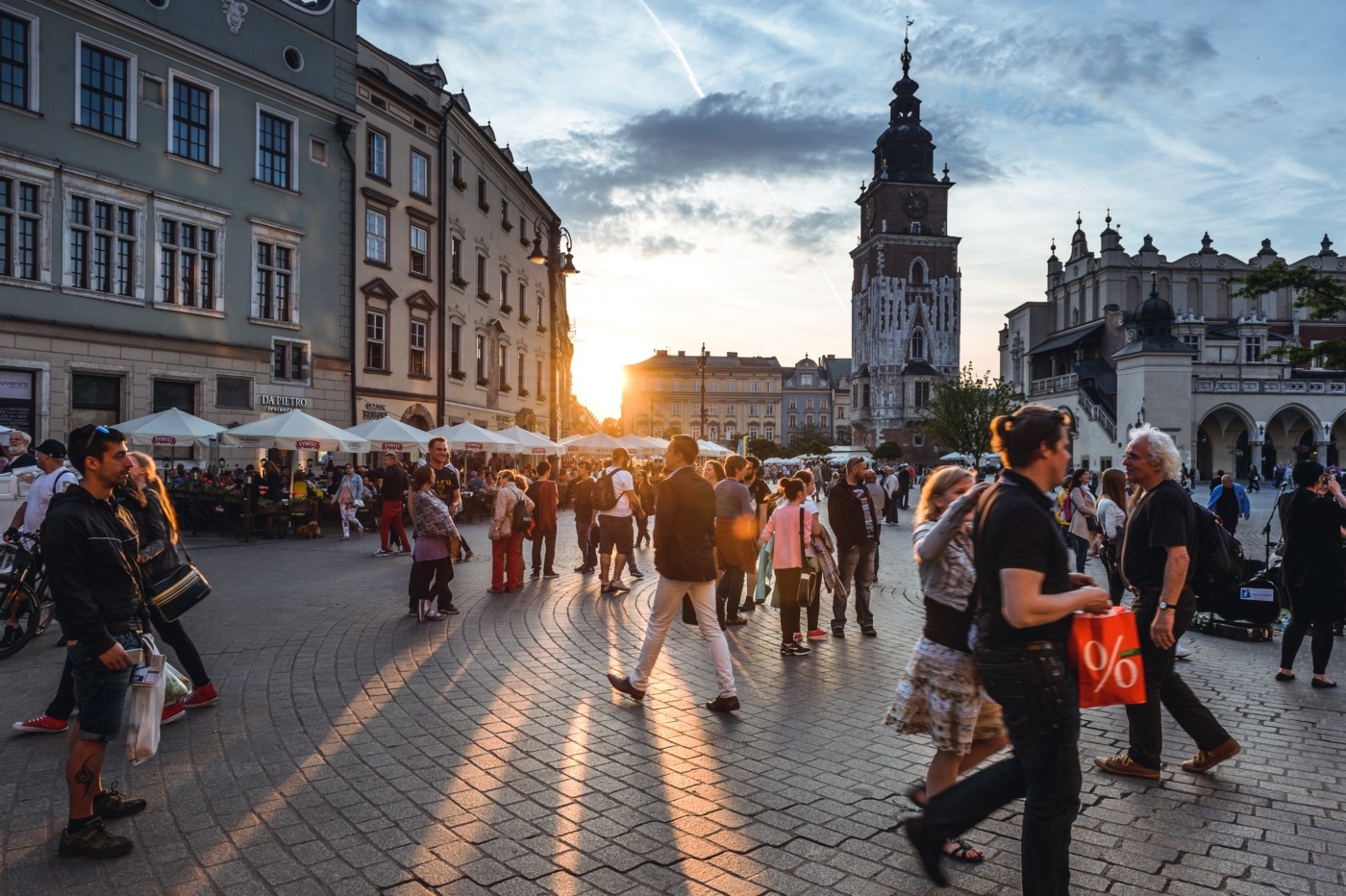Is sustainable tourism actually sustainable?
Tourism is one of the biggest and fastest-growing industries in the world, with economists predicting continuing international growth; tourist arrivals are expected to exceed 1.8 billion by 2030, compared to a mere 528 million in 2005. While tourism can be good for short-term economic development, especially in countries that depend heavily on tourism, it can also be bad for the environment due to emission of greenhouse gases and water or energy shortages.
This rapid increase in global tourism means it is now broadly agreed that tourism should be more sustainable, which has led to the birth of the “sustainable tourism” movement. It aims to make a positive impact on societies, economies, and environments around the world.
The idea behind sustainable tourism is that visitors make as little impact on the destination as possible. It aims to lessen its effects on the environment and the local culture; this benefits the community there in the long term economically and socially by providing secure jobs and money without causing any damage to the area. Eco-tourism will surely please residents of Venice, which attracts up to 20 million visitors each year, who have grown increasingly frustrated with the number of tourists. Local protesters have said: “we don’t want a city of tourists, which they empty the night. We want a city that you breathe.”
Smaller cities and rural areas can be just as beautiful holiday destinations as main cities, even if there are fewer main tourist attractions
One way to make tourism more sustainable is to travel at off-peak times and to visit lesser known attractions. Popular cities, such as Venice, often struggle to account for large numbers of visitors, meaning that there is more damage done to the locations. Footpaths and monuments are worn away, and local areas are crowded beyond the point of function – this can be especially annoying for locals, who are just trying to go about their normal day. Smaller cities and rural areas can be just as beautiful holiday destinations as main cities, even if there are fewer main tourist attractions. Not only is this more sustainable, it’s also a great way to explore new places.
Other methods of renewable travelling involve spending locally. Supporting local businesses is a good way of stimulating the local economy, which can be one of the few positive effects of tourism, rather than feeding money into big companies.
There are many benefits of ‘eco-tourism’ as it creates more opportunities for employment within lower-income communities, as people are more likely to travel to smaller and less populated towns. Some places can even be improved by volunteer tourists, who build and serve people in their communities. Plus, the wider distribution of visitors reduces pressure on ecosystems and the environment around main tourist locations.
Local communities have a right to participate in tourism decision making
However, many people criticise this form of tourism as sustainability is impossible. It’s difficult to avoid negative effects on the environment caused by travelling, such as the emission of greenhouse gases and waste generation. According to The World Economic Forum Annual Meeting, tourism can also contribute to water and energy shortages, which is impossible to avoid. There is also a lot of damage done to the environment by landscaping and infrastructure done to accommodate tourism, which not only reduces the beauty of the natural scenery but also increases risk of flooding and impacts wildlife patterns.
While there is no clear picture of the overall effects of tourism, it is evident that even sustainable tourism can be damaging to the environment; just marginally less so than other forms of tourism.
Looking to the future, small-scale changes won’t be enough to improve the sustainability of tourism and governments must implement policies that tackle this issue. For example, tourism should only be developed within sustainable parameters and so that it doesn’t change the environment or the climate as much. Additionally, local communities have a right to participate in tourism decision-making and the tourism industry must assume greater responsibility, submitting to tax regimes and regulations, so that it helps rather than harms communities.

Comments